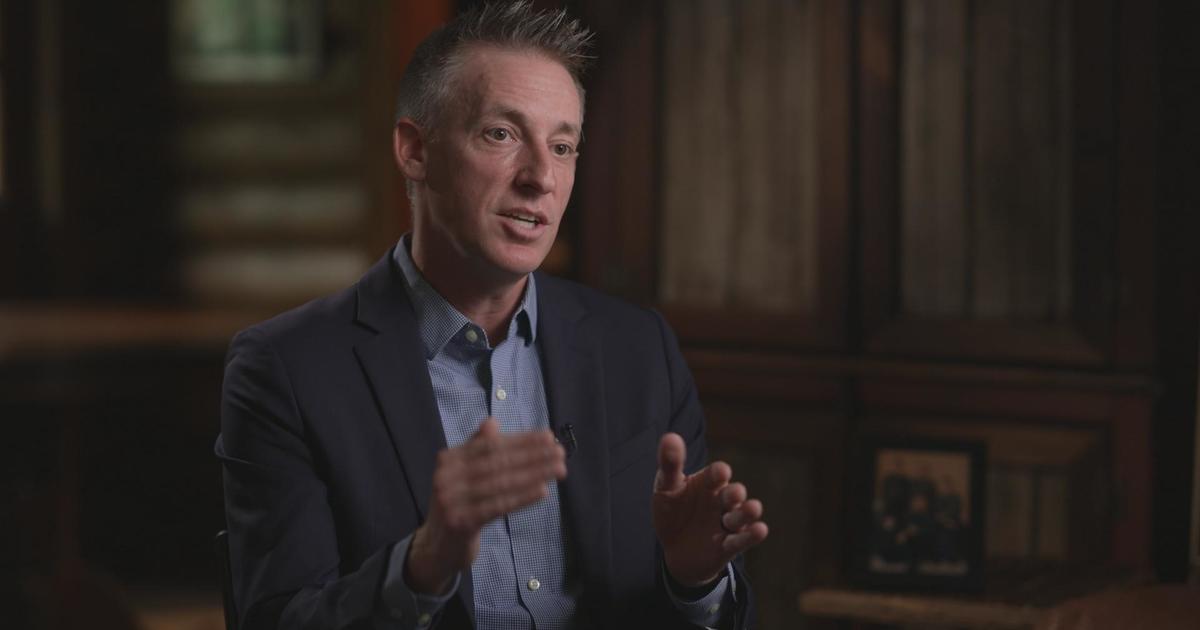Introduction
In August 2021, the United States completed its withdrawal from Afghanistan, marking the end of a nearly two-decade military presence. This abrupt exit left many Afghans, particularly those who had collaborated with U.S. forces, in precarious situations. As the Taliban regained control, fears of reprisals against those who had aided American military operations surged. However, amidst this chaos, a remarkable group of American heroes emerged, committed to rescuing their Afghan allies. Their relentless efforts underscore the significant impact of individual action during a humanitarian crisis.
The Context of the U.S. Withdrawal
The U.S. withdrawal from Afghanistan was a culmination of years of complex geopolitical decisions, culminating in the Taliban’s swift takeover. Following the fall of Kabul, thousands of Afghans who had worked with the U.S. military, including interpreters, contractors, and support staff, faced immediate threats to their lives. Many were unable to secure Special Immigrant Visas (SIV) or leave the country before borders closed, plunging them into a dire humanitarian crisis.
American Heroes: Who They Are and What They Did
This group of American heroes comprises veterans, activists, and former government officials who were driven by a sense of duty and compassion. Their missions involved:
- Direct Rescues: Many heroes organized and executed evacuation missions, often risking their lives to extract Afghans from safe houses or Taliban-controlled areas.
- Advocacy and Awareness: These individuals worked tirelessly to raise awareness about the plight of Afghans left behind, leveraging social media and traditional media outlets.
- Fundraising and Resources: They established networks to provide financial support for escape routes, legal assistance, and temporary housing for evacuees.
Case Studies of Successful Rescues
Numerous stories have emerged highlighting the bravery of these individuals. One notable example is the operation led by former military personnel who coordinated with underground networks in Afghanistan. These missions often involved:
- Establishing communication with local contacts who could facilitate safe passage.
- Running clandestine operations to transport individuals to the airport or border points.
- Providing resources and guidance to navigate the legal complexities of immigration.
In one case, a group of veterans successfully evacuated an Afghan family that had been targeted for assassination due to their ties with U.S. forces. This operation involved meticulous planning and coordination with international organizations.
The Role of Nonprofits and Grassroots Movements
In addition to individual efforts, various nonprofit organizations and grassroots movements played a critical role in supporting these rescue operations. Organizations like No One Left Behind and Iraq and Afghanistan Veterans of America (IAVA) mobilized resources and volunteers to assist in the evacuation efforts.
These organizations provided:
- Legal assistance for SIV applications.
- Funding for transportation and housing for evacuees.
- Advocacy in Congress to expedite the processing of visas and resettlement for allies.
Challenges Faced During Rescue Missions
Despite the heroic efforts, rescuers faced numerous challenges:
- Security Risks: The Taliban’s presence made operations perilous, with potential for violence against those attempting to escape.
- Logistical Hurdles: The rapidly changing political landscape complicated evacuation routes and made communication difficult.
- Bureaucratic Barriers: Many faced obstacles in obtaining necessary permissions and visas for their Afghan counterparts.
These challenges underscore the danger and complexity involved in humanitarian rescues, often leading to heartbreaking stories of failure despite the best intentions.
The Broader Implications of These Efforts
The actions of these American heroes raise critical questions about the responsibilities of nations towards those who aided them during conflicts. As the U.S. grapples with its legacy in Afghanistan, the moral imperative to protect those left behind is clear. The ongoing situation highlights several broader implications:
- Humanitarian Responsibility: Countries that engage in military operations must consider the fate of local allies and establish robust plans for their protection and resettlement.
- Impact on Foreign Policy: The U.S. response to this crisis could influence future military engagements and partnerships, affecting how allies view American commitments.
- Public Perception: The actions of private citizens and nonprofits can shift public opinion and policy, showcasing the power of grassroots activism in shaping foreign policy.
Conclusion
The evacuation of Afghans post-U.S. withdrawal serves as a poignant reminder of the complexities of war and the human cost of conflict. The dedicated efforts of American heroes—veterans, activists, and ordinary citizens—demonstrate that individual action can indeed make a significant difference in times of crisis. As the world watches the unfolding situation in Afghanistan, it is imperative that the lessons learned from these rescue missions inform future U.S. foreign policy and humanitarian efforts.
Ultimately, the courage and resourcefulness displayed by these individuals highlight not only the impact of personal commitment in the face of adversity but also the ongoing obligation to ensure that no ally is left behind.
See more CNET 247



